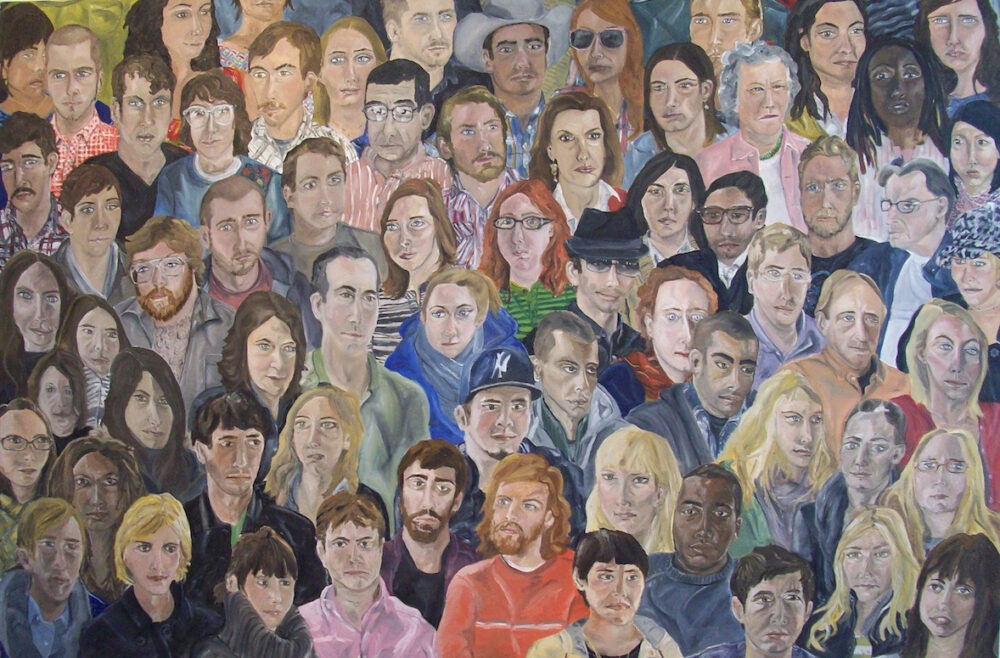How Facial Width-to-Height Ratio Influences Perception of Character Traits
The ratio of facial height to width is a morphological signal associated with sexual dimorphism and social personality traits. Using a specially designed test, researchers examined how this parameter affects the perception of faces. The results showed that faces with less height are perceived as less trustworthy, less feminine, and more aggressive.
Background: The Role of Facial Proportions in Social Judgments
How we perceive other people’s faces depends largely on recognizable emotions, but also on other parameters such as gender, skin color, and the facial width-to-height ratio (fWHR). This last parameter has been attracting increasing attention from experts. Social psychology research has shown that fWHR subtly influences the formation of social judgments based on appearance.
For example, men with “wider” faces are more often perceived as untrustworthy, dominant, and possessing greater power and authority. This phenomenon has even been considered in legal practice, as fWHR was found to influence jury verdicts. People also associate this parameter with a tendency toward aggression and immoral behavior (such as infidelity, deception, or selfishness). However, recent studies have not confirmed a direct link between fWHR and such behaviors.
Study Design
The study involved 90 participants aged 21 to 43. They were divided into three groups based on the trait being assessed: trustworthiness, aggressiveness, and femininity. For each sample photo (three female and three male), nine versions were created by modifying facial width and height, resulting in a total of 54 photos. The vertical parameter was defined as the height of the face measured from the upper lip to the bridge of the nose, and the horizontal parameter as the width between the cheekbones. The study examined the influence of height and width separately, as well as their ratio, and also considered the gender of the face in the photo.
Photos were shown on a screen in random pairs, with 351 combinations per participant. Participants were asked to choose the person who appeared more trustworthy, aggressive, or feminine. They were told the study focused on “first impressions” and encouraged to rely on their intuition.
Key Findings
- Trustworthiness: Perceived trustworthiness depended significantly on facial height. Faces with less height were seen as less trustworthy, and the same was true for faces with less width. This effect was independent of the gender of the face. Comparing height-to-width ratios showed that fWHR was important for male faces, but not for female faces.
- Aggressiveness: Perceived aggressiveness depended largely on the vertical parameter: faces with less height were seen as more aggressive. Faces with less width were seen as less aggressive.
- Femininity: Faces with less height were seen as less feminine, while faces with less width were rated as more feminine. The fWHR was significant for assessing femininity in male faces, but not in female faces.
Overall, participants reached greater agreement when evaluating faces based on the vertical parameter. Faces with less height were considered less trustworthy, less feminine, and more aggressive compared to faces with greater height, which were seen as more trustworthy, more feminine, and less aggressive.
Perception of trustworthiness based on height did not change after horizontal modification of the photos. However, for femininity and aggressiveness, changing the width of the face led to significant changes in perception. Faces with greater width were rated as more aggressive and less feminine, regardless of gender. Additionally, vertical modification did not affect trustworthiness based on gender, and horizontal modification did not affect aggressiveness and femininity based on gender.
Interpretation and Possible Explanations
The results suggest that the facial width-to-height ratio is a significant parameter in perceiving social traits in others. In particular, the height of the upper part of the face provides important information for forming several types of social judgments. But why do we perceive faces this way?
One possible explanation is that the height of the upper face was important in evolutionary selection. In 2007, researchers found that the ratio between facial height and skull size differs significantly between sexes. Moreover, facial height can accurately distinguish adult men from women, making it a key parameter in perceiving femininity.
Facial height may also influence the perception of other important characteristics. Previous research confirmed that faces with less upper facial height have a stronger bite force, which played a role in survival and may lead to perceptions of greater aggressiveness and less trustworthiness. Another explanation is that facial height is less variable than width, as width can change significantly with weight, body size, and age.
Faces with greater width are perceived as more aggressive and less feminine, regardless of gender. These findings align with other research showing that during puberty, under the influence of testosterone, male faces become wider, which in turn affects their perception as more aggressive.



